Motorola Droid 3 Review - Third Time's a Charm
by Brian Klug on July 30, 2011 12:01 AM ESTJust like the other Droids, this model’s slider lacks any spring assistance, instead it slides out along a friction-guided two-rail track. It’s pretty obvious where that friction happens and where the slider locks into the display part, given the two small notches at the top, and likewise where the tracks are at the extreme left and right. Initially I found the Droid 3 slider a bit resistive and not super smooth, however after a few days of use it settled into a much better and smoother groove.
It still isn’t quite as fluid as HTC’s latest designs, but again gets the job done with an impressive thickness (or lack thereof). The back of the display is topped with a reflective, patterned surface which also unfortunately collects fingerprints.
So how is the keyboard that the slider makes possible? In a word - amazing. Yes, it quite literally is the closest to perfect I’ve seen in a very long time. Each iteration of Motorola Droid keyboards has gotten slightly better, starting with the almost unusable Droid 1’s concave keys which had minimal feedback, to the mid-cycle refresh which changed key domes to convex, followed up by the Droid 2 which removed the D-pad and improved communication, and now the Droid 3.
The Droid 3 adds a fifth keyboard row, this time dedicated exclusively to the arabic numerals. I originally thought having numerics wouldn’t make much sense, but after entering my 20-character WPA PSK for probably the hundredth time followed by the usual assortment of passwords for email and google accounts, it finally made sense. Having a row dedicated to numerics just makes so much sense in retrospect, both for entering phone numbers in messaging, passwords, and so many other situations.
The numerical row also does double duty by acting as a buffer between the top row of the latin characters and the top display slider. My only major complaint with the Droid 2 and before was that there was very little space between this top row and the display slider - if you had any fingernails at all or even just large fingers, they’d likely collide with that slider when typing on the top row. Now, having one more (even half height) row makes that a solved problem.
The keys on the Droid 2 previously had little space between them, it was primarily one large piece without a discrete gap between characters. The Droid 3 now includes a shiny plastic layer between keys, which will no doubt show lots of grime in due time, but it does make each key independently clicky.
The only rearrangements to speak of are the removal of alt-lock and the back keys, and repositioning of the tab key. The bottom row also is slightly shifted to the left. Material and tactile feel on these new domes are excellent. Again, the keys are convex, topped in a soft matte texture, and communicatively clicky. Motorola takes a nod from Apple with a caps-lock indicator that nicely disappears into the lip on the left next to the shift key - it’s a nice touch which makes the caps lock indicator visible even with a finger on the button.
Backlighting on the Droid 3 keyboard is nice and even. There aren’t any controls in settings for controlling when the backlight comes on or how long until it turns off. Backlighting seems to turn on and remain on when ambient brightness is under a certain level. Alongside the Droid 2, the Droid 3 seems very conservative with its keyboard backlighting, as it seems to enable it at a notably lower ambient light level than its predecessor.
The capacitive buttons are likewise backlit the same way they have been on previous Motorola Droids, and thankfully the order of these respective Android keys are unchanged from the Droid 2 to 3. There’s a bit of capacitive button backlight bleed at the bottom of the display where the glass ends and meets plastic, but it isn’t too distracting.
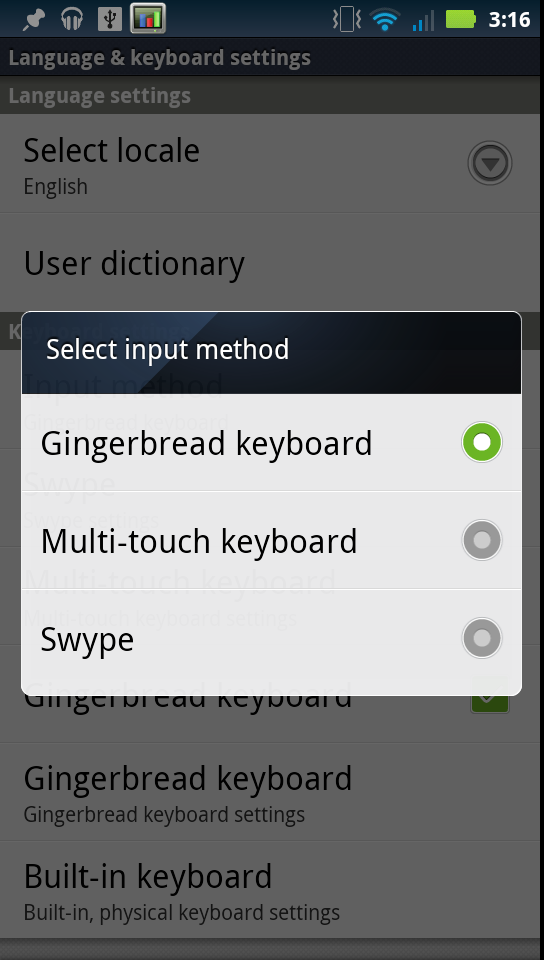
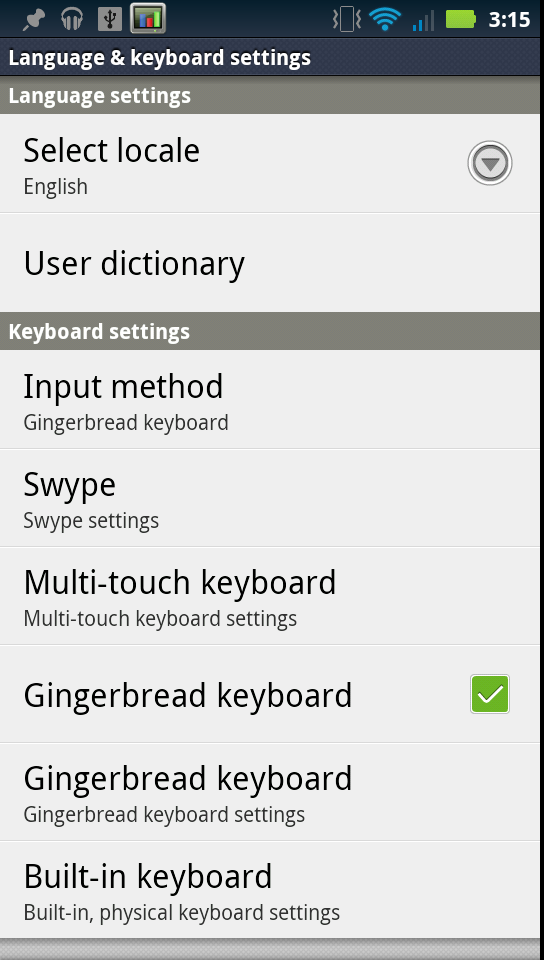
Since we’ve been talking about the keyboard, I think it’s worth mentioning that the Droid 3 continues the Motorola legacy of including a host of software keyboard options for portrait view. Swype, the default Motorola multi-touch keyboard, and the Android 2.3 stock gingerbread keyboard are all preinstalled an available as options. I’m glad the Droid 3 doesn’t do away with the gingerbread keyboard, like I’ve seen other Android 2.3.x handsets do. Swype is themed to look like Motoblur, and the multi-touch keyboard is as good as it always has been on other Motorola Android devices.
The last part is that there’s another pane in the input and keyboards settings page for the hardware keyboard with a few options. What feels neglected is how anemic the hardware keyboard auto-replace engine is. Compared with the gingerbread and even Motorola multi-touch keyboards, the hardware keyboard has an almost non-existant auto-replace engine for fixing misspelled words. In practice, it does little more than correct things like “im” to “I’m,” and so forth. It’d be nice to see the hardware keyboard get a bit more love.


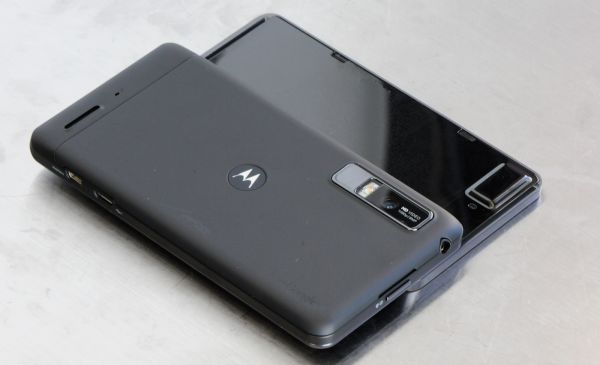
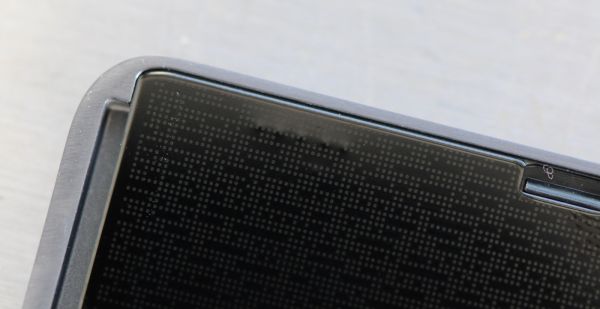
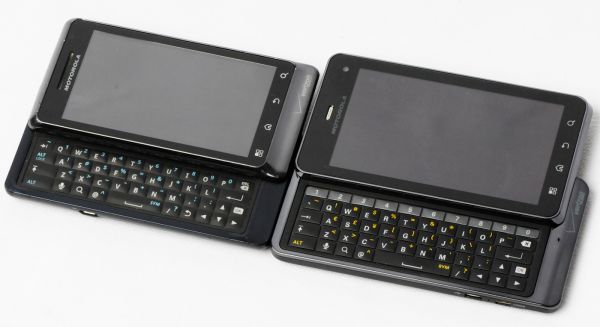
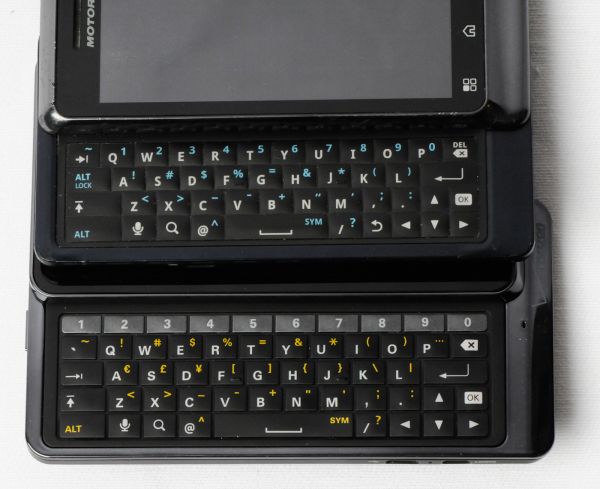
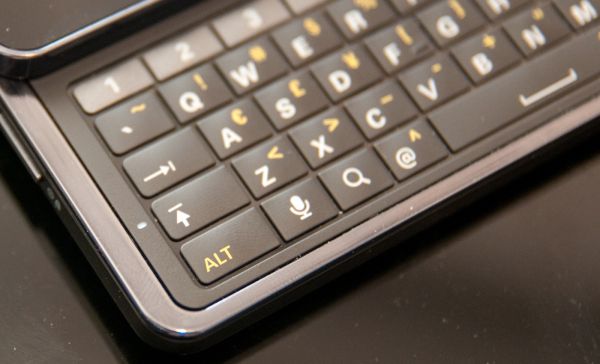

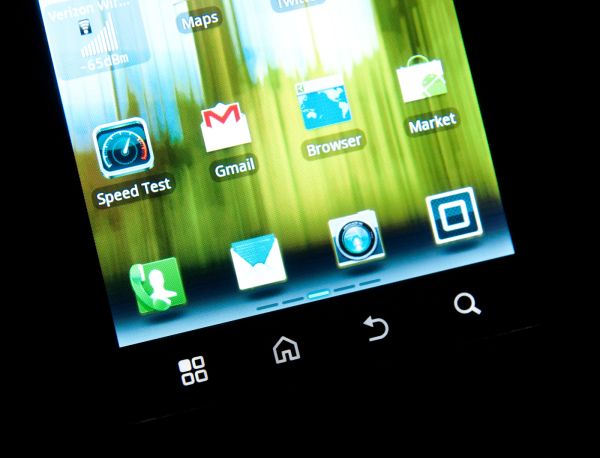














84 Comments
View All Comments
anandtech pirate - Sunday, July 31, 2011 - link
hmm, I was thinking about the Sensation vs. Evo3D, one has 768mb of ram while the other has 1GB or ram. The sensation suffers from noticeable lag on the homescreen where as the Evo3D is much smoother. this might be a sense 3.0 problem though as it's a resource hog.themossie - Sunday, July 31, 2011 - link
The extra RAM makes a huge difference when it comes to multitasking.With my Droid 1 the home screen always reloads when I leave an application, and true multitasking is impossible as I can't keep multiple applications in memory.
Droid 1 is significantly hampered by 256 MB. Droid 2 has 512 MB. Droid 3 should have more. Most of the Many competitive phones have 768 MB+ - (offhand the Droid Incredible 2 and MyTouch 4g) or 1 gb (Evo 3D, Atrix 4G) and RAM is cheap...
512 is acceptable now, but don't think in terms of today - what will the minimum requirements be to run Android in 1 year? 2 years?
Reikon - Sunday, July 31, 2011 - link
I was wondering about the Evo 3d review too. Didn't Brian say it was supposed to be out weeks ago?mike8675309 - Tuesday, August 2, 2011 - link
I agree... More memory. The dual core Moto Atrix comes with 1gig of RAM. Verizon has been notoriously stingy with RAM in the phones they deliver.bishless - Saturday, July 30, 2011 - link
I saw "Wetmore" in the maps screenshot and instantly thought, "Holy crap, this writer is in Tucson!"... I looked a little closer and saw Ruthraff and felt proud enough to reveal my detective skills in the article comments... Then a couple pages later, there's the weather widget obviously displaying "Tucson". Heh.So much for detective work.
I see you're aware of Cartel Coffee Lab... we ought to meet for coffee sometime!
Brian Klug - Saturday, July 30, 2011 - link
Yeah, always been here in Tucson ;)I hang out at Cartel a lot, absolutely!
-Brian
GotnoRice - Saturday, July 30, 2011 - link
While having numbers on top is sort of nice, they failed hard when it comes to the most basic element- the orientation of the QWERTY keysLook down at the keyboard right in front of you. The "S" key in the middle row should be directly above the gap between the "Z" and "X" keys. It should straddle the gap between those keys almost perfectly.
Yet on the Droid 3 the "S" key is almost DIRECTLY on top of the "X" key. Simply put, the rows are misaligned.
The reason people like a QWERTY keyboard is because it's a layout they are already familiar. That fact is incompatible with the idea of randomly adjusting the rows in relation to each other as if it's arbitrary; it's not.
They got this mostly right with the Droid 2 keyboard, how did they get it so wrong with the Droid 3?
Pete_ - Saturday, July 30, 2011 - link
Check your facts: the Tegra 2 chipset does not support LPDDR2 (333/266 MHz) and is limited to only 133 MHz DDR. I've owned the DX2 and returned it for the Droid 3... proof is in the pudding.Brian Klug - Saturday, July 30, 2011 - link
Hmm, I'm not sure about that: http://www.nvidia.com/object/tegra-2.html then look under Memory Frequency.We've independently confirmed a few times them using LPDDR2-600, for example on the Optimus 2X.
ol1bit - Saturday, July 30, 2011 - link
I'm glad you posted so many photos, but the blue tint on the flash enabled photo is terrible.Even the video has a tad of blue tint compared with the Cannon.
I wonder if they will do an update to fix that with this phone, or if this is just a jump step phone with no marketing, just to keep money flowing in till the Bionic comes out?